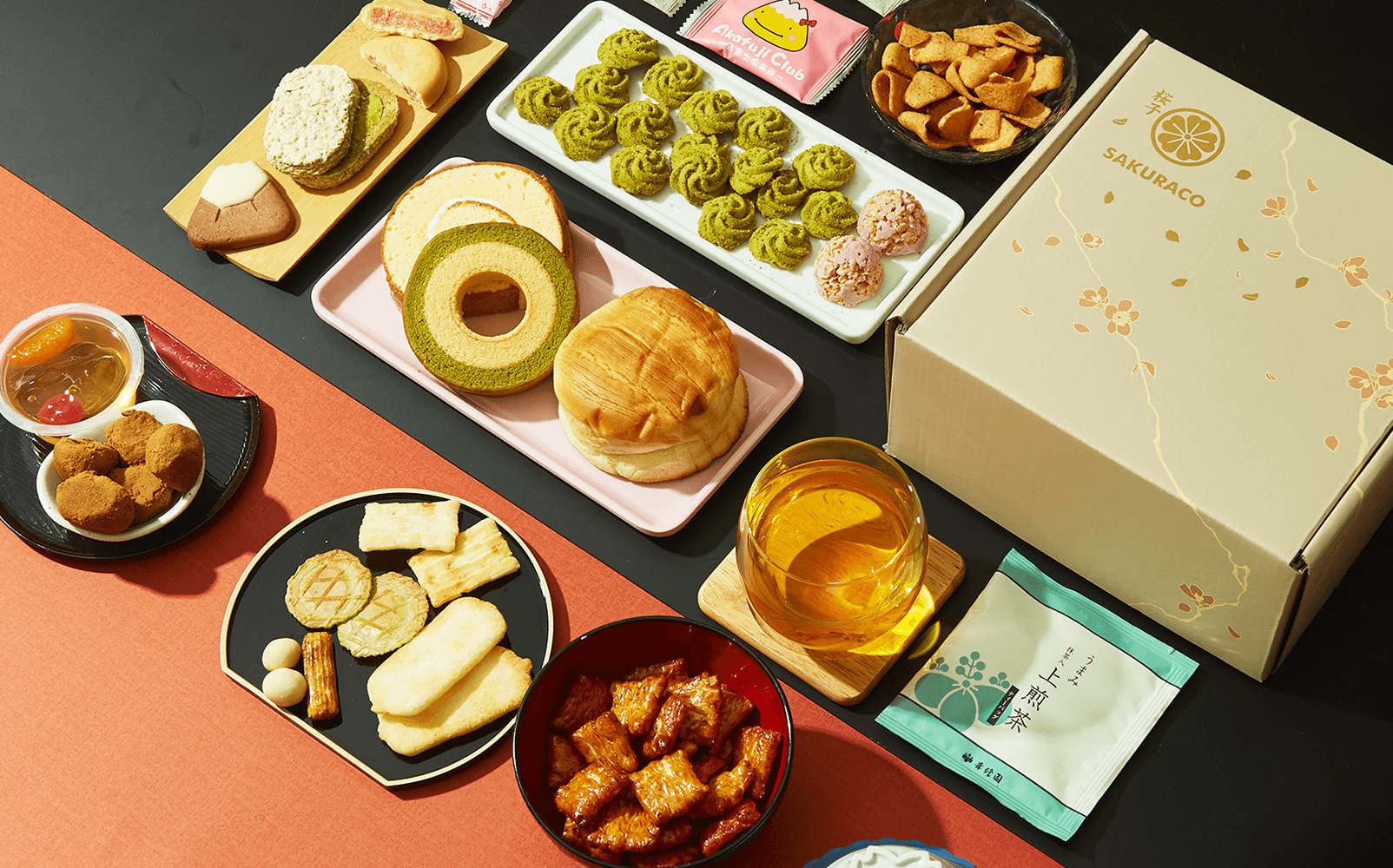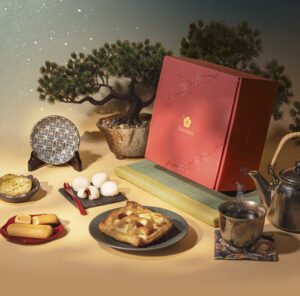An information booklet is part of the fun of trying new snacks from different parts of the world is having the chance to learn about new cultures. Every snack comes with a backstory and its journey, as do the people who make them.
Whenever you subscribe to a Japanese snack subscription box, you take a deep dive into the food and culture. To enrich your snacking, two of the biggest authentic Japanese snack boxes out there, Sakuraco and Bokksu contain handy culture guides that can give you a behind-the-scenes look into your snacks.
Let’s take a look at what these guides contain to give you a better understanding of what you receive. To compare we took Sakuraco and Bokksu’s November 2021 snack guides – Sakuraco’s Autumn in Kyushu box and Bokksu’s Prefecture Passion box.
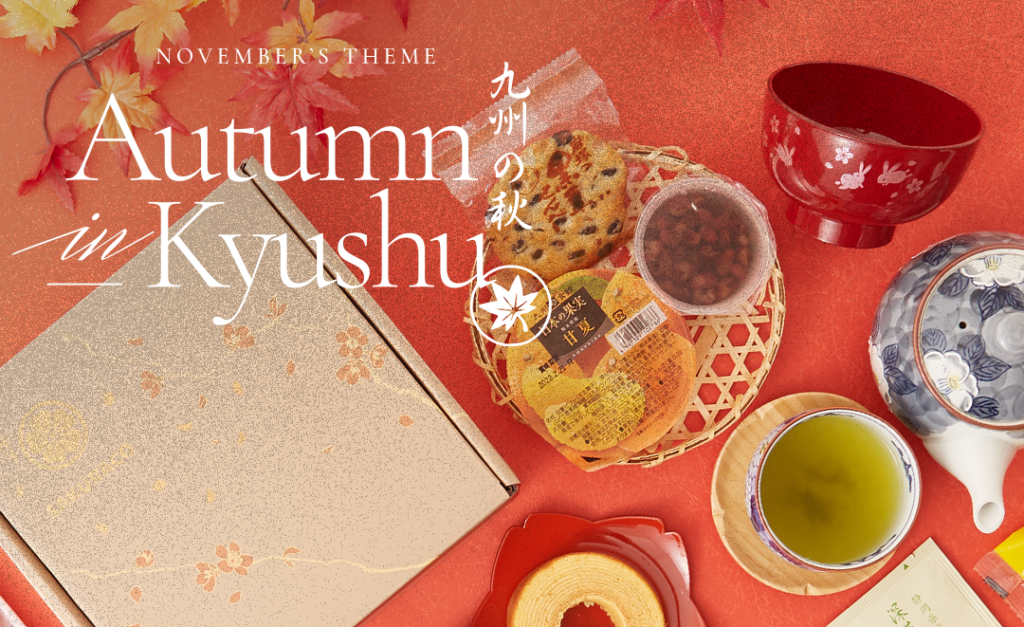
Table of Contents
ToggleBooklet Length
Both Bokksu and Sakuraco focus on longer snack and culture guides than many other snack boxes in the market. Bokksu and Sakuraco’s guide features 24 pages, leaving both ample space for information.
Visual Impact
Both have a pretty powerful visual impact, but each takes its unique stance on the medium of creating a guide.
Sakuraco focuses more on photographs and a slightly more photo-real style to give subscribers a window into Japan. Meanwhile, Bokksu focuses more on graphic design with a sense of Japanese flair. While both offer a sense of Japan, it might be down to personal taste if you prefer realistic or abstract visuals.
Curious about trying Japanese traditional sweets found in Sakuraco boxes yourself? Sakuraco sends traditional Japanese snacks, tea and home goods, and a handy information booklet straight to your door every month.
Snack/Allergen Information
Each month Sakuraco features an extensive list of common allergens found in the snacks in the box. The most common allergens from the list we find are wheat, soy, dairy, and eggs. However, we highlight all of the allergens classed as common allergens here in Japan. Bokksu also lists all common allergens.
Where the two guides differ, however, is the “May Contain” section. Sakuraco also highlights the possible contaminants during the making process to ensure the safety of users. Bokksu does not contain the contaminant information in this edition of the culture guide.
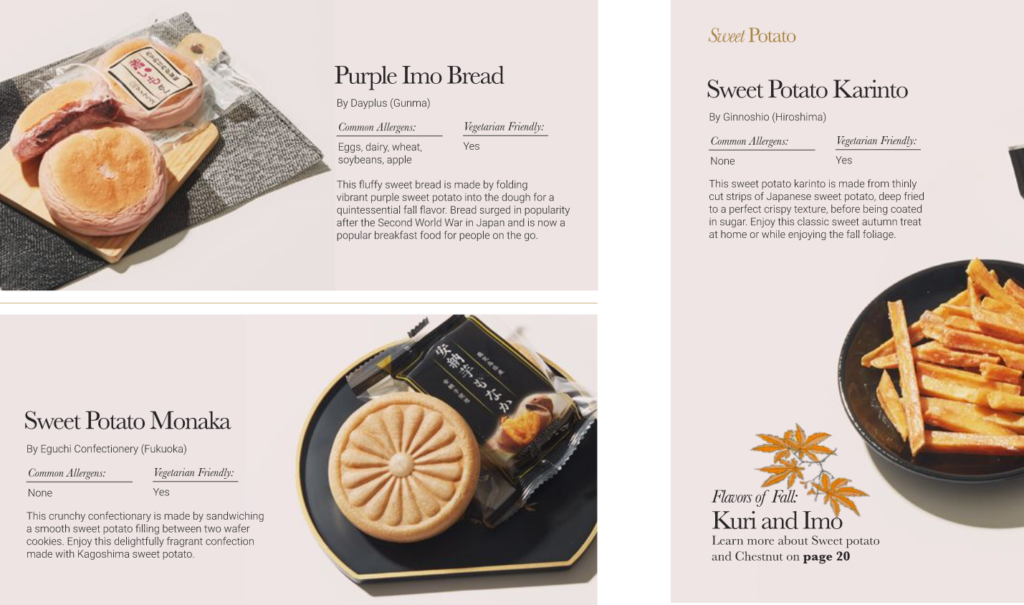
Vegetarian Friendliness
The Sakuraco team works with all of our makers to ensure that we can give you the most accurate information. The most notable information includes potential allergens and also if it’s suitable for vegetarians.
Vegetarianism is not very widespread in Japan, especially in more rural areas of Japan where our makers most often live. So our team works with our makers when necessary to raise their awareness on what is appropriate for vegetarians.
Bokksu also highlights what is appropriate for vegetarians or not. In their November 2021 box culture guide, Bokksu highlighted five out of their 12 unique snacks* as being vegetarian-friendly. On the other hand, Sakuraco highlighted 15 out of their 16 unique snacks* as being vegetarian-friendly.
*Each box contains doubles of some items, or in the case of Sakuraco, one of the 20 guaranteed items is a piece of tableware.
Maker Connection
In every month’s snack and culture guide, Sakuraco highlights the backstory of one or two makers every month. Why? Because we feel that giving our makers a platform on the world stage to tell their stories is our job. We feel this also helps our subscribers delve deeper into the world of Japanese snacks. Bokksu did not include any deep dives into their maker’s stories in their November 2021 culture guide.
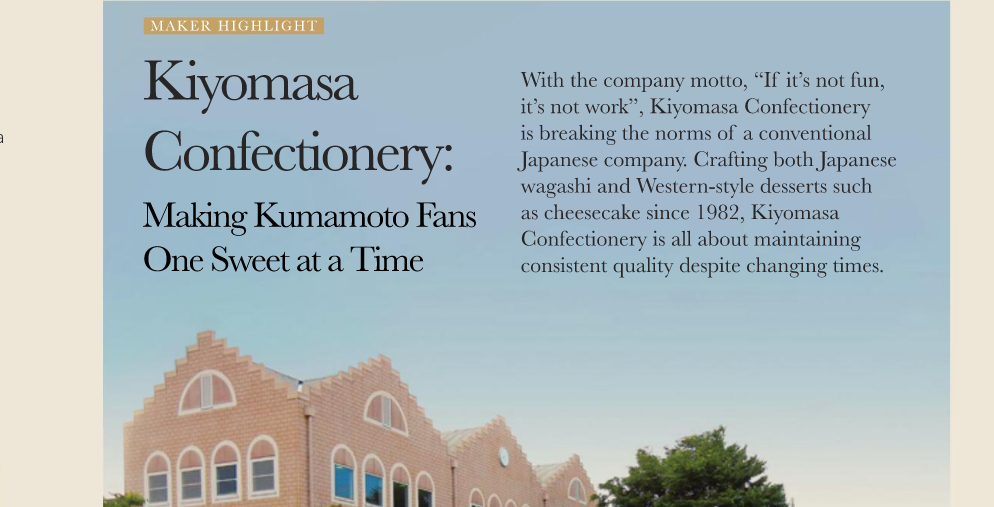
Articles and Additional Info
Articles are a key part of the Sakuraco culture guide experience. Outside of the articles that give you insight into the makers, Every booklet contains two articles that dive deeper into an aspect of Japanese culture that you may not normally see, alongside a spotlight on a location in Japan.
In the November 2021 booklet, the deep dives include an exploration of Kumamoto Castle and the backstory behind Kuri and Imo, two traditionally Japanese fall flavors. Bokksu’s November 2021 contains one article about a Fall flavor, making it less jam-packed and full of information.
Competitions
Sakuraco’s booklet contains a photo competition to bring an added layer of fun to your experience, encouraging users to take a picture inspired by the fall with their Sakuraco box. And winners selected by the Sakuraco team win authentic Japanese prizes, such as Japanese teapots and Yunomi (Japanese tea cups). Bokksu’s November 2021 booklet contains no competition information.
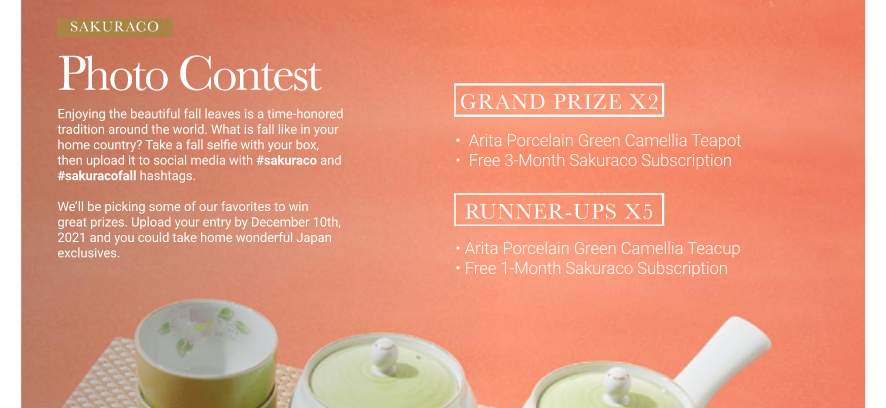
Discover More with Us
Joining Sakuraco opens up a whole new world of Japanese experiences for you to discover, enriched with your handy booklet. Looking at the differences with Bokksu, both offer a unique experience, but if what you’re looking for is a more photo-real look into Japan filled with maker stories and cultural information, then why not indulge this month in a Sakuraco authentic Japanese snack box?

